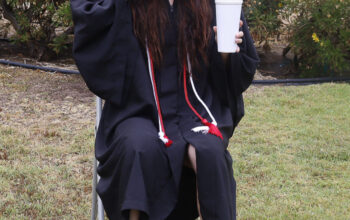Writing a resume these days may have more to do with how much debt has accumulated than skills and experience, considering the price that is being levelled for education. Struggling to get through school in the allotted four years, many students find themselves taking out loan after loan just to pay for tuition, much less the cost of living while studying full time. However, those who are struggling might find that a loan could be helpful to them and their education. To find out more about student loans, you could visit somewhere like https://www.sofi.com/refinance-student-loan/ to learn more about your options. Getting an education may be widely considered one of the best ways for young adults to advance their careers and expand their understanding of the world, but it’s also one of the best ways to get into debt. With student loan rates fixed between 3.86% and 6.41% depending on the level of education, those who have taken out loans may not realize how much debt they are racking up year after year. Especially when taking into consideration that terms for loan repayment plans can be anywhere from 10-30 years, according to staffordloan.com, with interest piling up all the while. This may not be the same for places like Sweden where further education is free, but they do still have loan companies such as Hittasmslan.com. However, with the price of even public education steadily increasing, there aren’t many other options for those who wish to get a degree and have any hope of entering the field of their dreams. Luckily for students, Pierce is one of the cheapest schools for tuition and fees in the state and stands in the top 10 percent in the country. Additionally, the amount of student loans needed vary greatly from junior colleges to universities, and even greater for private schools. Still, students who attend junior colleges are statistically less likely to receive state and campus grants than university attendees, despite being more likely to need aid, according to projectonstudentdebt.org. Junior-college-goers are also less likely to find and take out loans, making it even more unlikely that they can pay for all the costs of school, with books, travel costs and fees taken into consideration. Those who transfer to a four-year college have an even greater chance of needing to take out loans, averaging $29,400 of debt. It often takes more than four years to get the degree, making it even more likely that students will need to take out loans and wind up strapped for cash. It is obvious that education needs to be more affordable for students, especially since it is one of the only ways for students to enter the occupations they really want. Lowering interest rates on loans would be a start, but real progress is going to require more support for students and the facilities they attend. Student loans are pitched to prospective graduates as an investment on their future, but federal aid and private loans need to start looking at the students themselves as investments, rather than cash cows. And educational institutions should be looking for ways to lower costs for students so that drowning in debt isn’t the only option for education.


